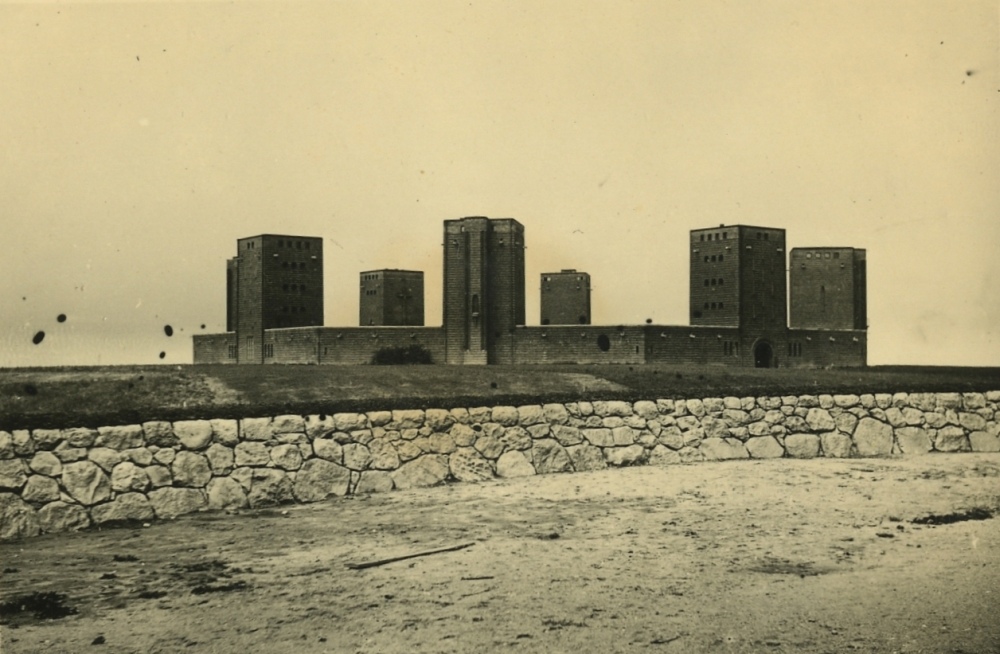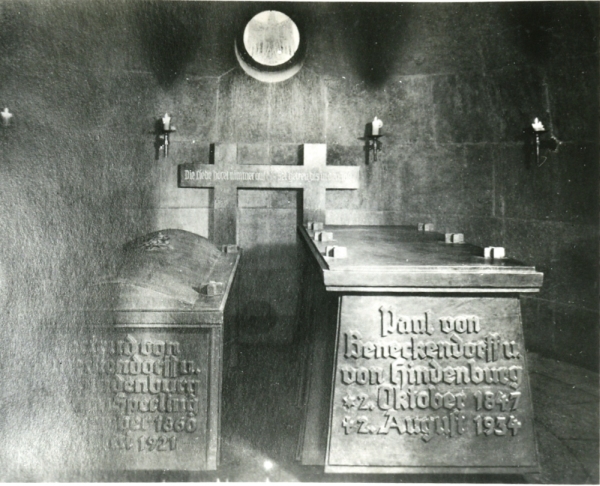
The Battle of Tannenberg was fought between Russia and Germany between the 26th and 30th of August 1914, the first month of World War I. New!!: Tannenberg Memorial and August 1946

The following events occurred in August 1946. New!!: Tannenberg Memorial and August 1934 The following events occurred in August 1934. Ģ4 relations: August 1934, August 1946, Battle of Tannenberg, Bernhard Bleeker, Erich Ludendorff, Góra Świętej Anny (hill), Günther Korten, Gertrud von Hindenburg, Harold Bengen, January 1945, List of largest funerals, Military art, Ogrodzieniec, Warmian-Masurian Voivodeship, Olsztynek, Oskar von Hindenburg, Paul von Hindenburg, Ruins of the Reich, September 1927, Stalag I-B, Tannenberg, Walter Krüger, War memorial, World War I memorials, 20 July plot.
#Tannenberg memorial today plus
All that can be found now consists of a few lighting towers and boundary walls plus the main local hotel (now a road house establishment).The Tannenberg Memorial was a monument to the German soldiers of the Battle of Tannenberg (1914), the First Battle of the Masurian Lakes and the medieval Battle of Tannenberg (1410). What remained was levelled by the Polish authorities in the 1950s. The memorial was destroyed by the retreating Axis forces in 1945 and Hindenberg's body was repatriated to Germany. The memorial was supported by excellent roads and a number of 'high end' hotels. During the Nazi era, Hindenburg and his wife were buried there with much pomp and ceremony. This memorial became a place of pilgrimage in the inter war years. The German victory in the later 1914 battle was marked in subsequent years by the construction of a massive memorial. Polish National Tapestry - The Battle of Grunwald 1410 This event is, today, massively important to the Polish nation and the Grunwald (Tannenberg) battlefield is marked by an impressive memorial and museum. However Tannenberg was chosen as the official name as a reference to the first Battle of Tannenberg on 15th July 1410 when an alliance between Poland and Lithuania defeated a German - Prussian army of Teutonic Nights. Strictly speaking the battle was not centred on Tannenberg. The stone marker has long since gone but we were able to find the base of the old monument. There used to be a marker on the spot where Hindenburg issued his orders. It also marked the debut of what was to become one of WW1' most enduring military partnerships - Hindenburg and Luddendorf.ĭuring the battle, Hindenburg had his Field Headquarters at Frogenau, just a few miles from the town of Tannenberg.

By focussing all of their strength on the Russian 2nd Army, the Germans were able to rout Samsonov's invading force and stabilize the situation in East Prussia. Tannenberg was, of course, a decisive victory for the Germans. 28 Germans and 322 are interred in this atmospheric spot. Our route took us through Skottau (Szkotowo) where local enthusiasts have very recently restored the military cemetery. similar to the terrain found in the Belgian Ardennes Forest. To the north on the route taken by the victorious German 15th Corps the landscape is made up of steep sided valleys and rocky hills. The XX Corps positions are marked by the small cemeteries that can be seen on the tree line adjacent to the Orlawa to Turowo road. We travelled south following the opposing defence lines. Our walk followed the line of the Russian attack through to the point which marked the line of withdrawal for the German defenders. Behind the tree line is a river crossing and old mill where the fighting on the 24th was particularly intense. This marks the military cemetery which contains 329 German and 1000 Russian graves. On the extreme left you will see a small cross at the front of the trees. In the picture on the right, my friends are standing on what was the Russian front line. We chose to walk the Russian front line position on a forward slope 100 yards in front of the German trenches which still exist in the environs of Orlau Military Cemetery. Cultivated fields, small woods & copses and a smattering of villages and farmsteads. The topography around Orlau is not what I had imagined - it is rather like the Somme area of Northern France. The first substantive contact on the North / South axis came at Orlau (Orlawa) on the 24th August where the German XX Corps were heavily entrenched. the Arrival of Rennenkampf's 1st Army and Samsonov's 2nd Army in East Prussia presented a major challenge. The Russians had mobilised much more quickly than anticipated. The area in question is in the vicinity of Allenstein (now Olsztyn). However with some help we covered some of the central ground covered by the Russian 2nd Army and the German 8th Army during the fighting of the 26th to 29th August 1914. It covers a vast area and most of the monuments, markers and cemeteries have been lost in the years that have intervened.

The Tannenberg battlefield is not easy to interpret.


 0 kommentar(er)
0 kommentar(er)
